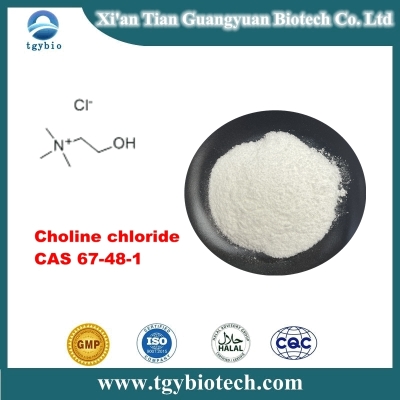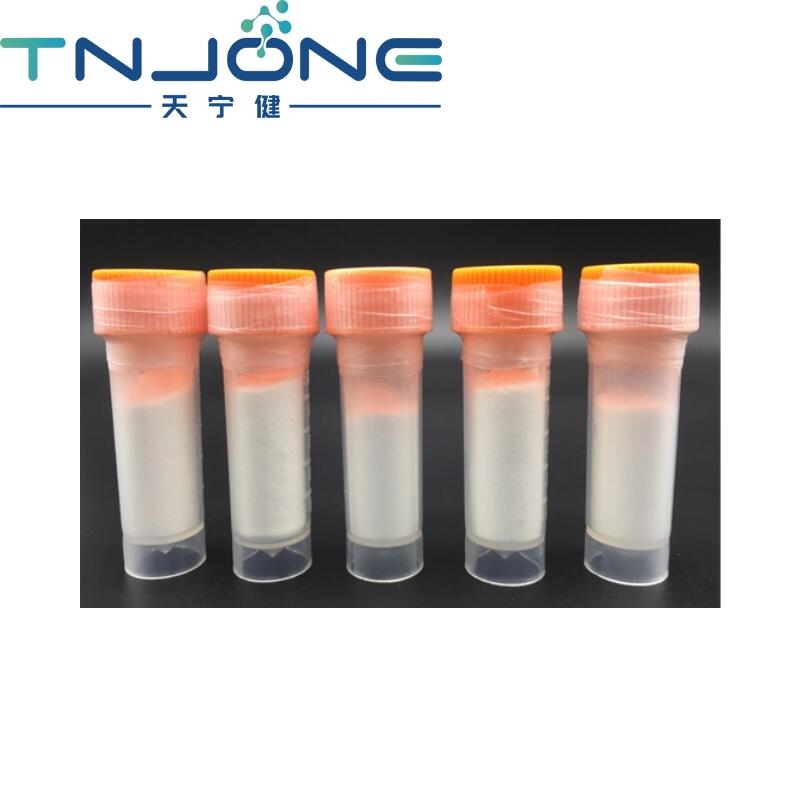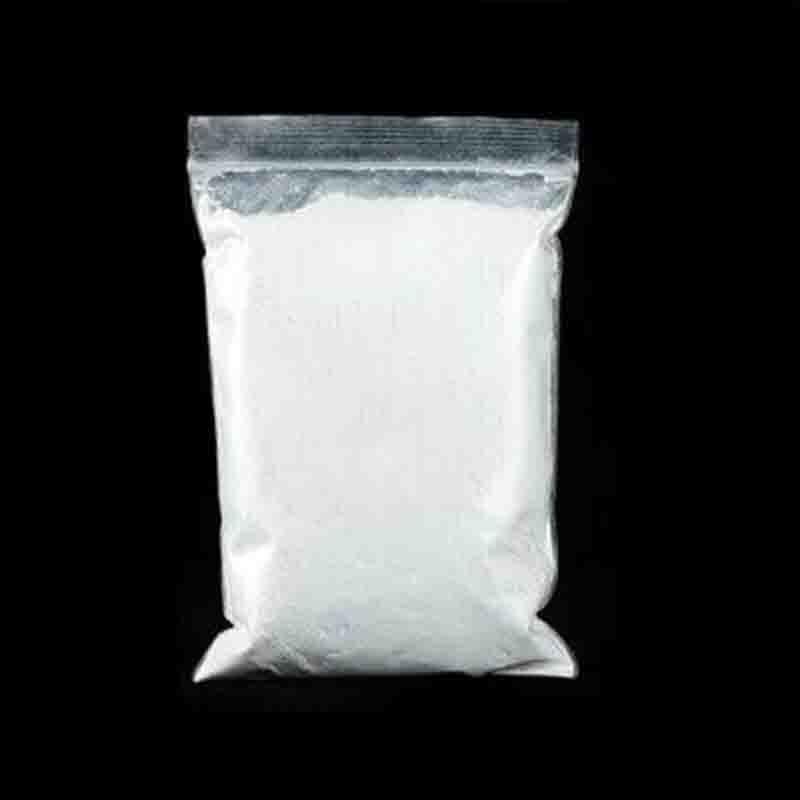-
Categories
-
Pharmaceutical Intermediates
-
Active Pharmaceutical Ingredients
-
Food Additives
- Industrial Coatings
- Agrochemicals
- Dyes and Pigments
- Surfactant
- Flavors and Fragrances
- Chemical Reagents
- Catalyst and Auxiliary
- Natural Products
- Inorganic Chemistry
-
Organic Chemistry
-
Biochemical Engineering
- Analytical Chemistry
-
Cosmetic Ingredient
- Water Treatment Chemical
-
Pharmaceutical Intermediates
Promotion
ECHEMI Mall
Wholesale
Weekly Price
Exhibition
News
-
Trade Service
*For medical professionals only
Attached 5 major evaluation scales, collect quickly!
Idiopathic facial nerve palsy, also known as facial neuritis, Bell's palsy, traditional Chinese medicine called mouth seclusion, mouth and eye skew, is the most common facial nerve disease, accounting for 60% ~ 75%, the incidence is (11.
5 ~ 53.
3) / 100,000 people, clinical facial voluntary movement, expression function reduction or loss, facial nerve and facial expression muscle tissue nutritional disorders as the main manifestations, significantly affecting the patient's appearance, personal dignity and social image
.
At present, the treatment methods include drugs (dehydration drugs, B vitamins, glucocorticoids, antiviral drugs, etc.
), acupuncture, physiotherapy, facial rehabilitation training, etc
.
Most mild to moderate patients can basically recover after 2 weeks to 3 months of treatment, but there are more than 1/3 of the residual symptoms of moderate and severe patients, and the standardized treatment of integrated Chinese and Western medicine nerve repair can help improve the prognosis
.
First, the pathogenesis
▌1.
The exact cause
of idiopathic facial nerve palsy in Western medicine is unknown
.
Reactivation of viral infections such as latent herpes simplex virus type I and herpes zoster virus is widely accepted
.
Some scholars believe that the disease is also an autoimmune disease, such as familial facial nerve palsy, which may be an autoimmune disease
secondary to hereditary human leukocyte antigens.
Anatomical abnormalities of the facial canal may also be associated with the development of the disease, and patients with facial canal stenosis are more susceptible to compression of the facial nerve, and the degree of damage is related to
the degree of facial nerve tube stenosis.
In addition, rapid changes in climate and temperature may also be risk factors
for facial paralysis.
▌2.
The cause
of this disease in Chinese medicine has two factors
: external sensation and internal injury.
Internal injuries are mostly caused by overwork, inappropriate living, and emotional stagnation, resulting in empty facial veins; External sensation is related
to wind chill or wind heat.
Second, clinical manifestations
The incidence is mainly concentrated in 20~40 years old, and more men are more
.
Most of the disease is unilateral, and the co-incidence of both sides is rare
.
A small number of patients can have recurrent attacks, the recurrence rate is 2.
6%~15.
2%, and the incidence is higher in spring and summer, reaching a peak
in September.
Often the onset is more urgent, usually manifested as crooked corners of the mouth on the affected side, leaky speech, unable to frown, close eyes, show teeth, puff out cheeks and other actions
.
When eating food, it often stays in the gap between the teeth and cheeks on the sick side, and saliva often flows down from the affected side
.
The tear punctum turns out with the lower eyelid, so that the tear cannot be drained according to normal and causes overflow
.
Some patients may have mild pain behind the ipsilateral ear and mastoid area a few days before the onset of illness, which can peak
within 72 hours.
Damage to different parts of the facial nerve presents with different clinical symptoms:
(1) Preganglionic lesions: tymdal nerve damage, prelingual 2/3 taste disorders; damage to the nerve branches of the stapes muscle, the appearance of hypersensitivity to hearing;
(2) Damage to the geniculate ganglia: not only facial nerve paralysis, hearing allergy and prelingual 2/3 taste disorders, but also auricle and external auditory canal dysesthesia, herpes on the external auditory canal and tympanic membrane, called Hunter syndrome, is associated with herpes zoster virus infection;
(3) Lesions near the stem and breast hole: the above signs of peripheral facial paralysis and tenderness in the area behind the ear will occur
.
Patients with facial nerve palsy who do not recover completely are often accompanied by atrophy of paralyzed muscles, blephamospasm, joint movement, and pulling sensation in the affected side
.
3.
Key points of diagnosis and stage of disease
▌1.
Diagnostic points
(1) Acute onset, often a history of cold and wind, or a history of
viral infection.
(2) One side of the facial muscles is suddenly paralyzed, the frontal lines on the affected side disappear and become shallow, the eyelids cannot be closed, the nasolabial folds become shallow, the corners of the mouth are crooked, the cheeks are bulging and leaking, and the food is easy to stay between the teeth and cheeks of the sick side, which can be accompanied by loss of taste in the first 2/3 of the tongue on the sick side, hearing allergies, tears, etc
.
No other positive neurologic signs
.
(3) Brain CT and MRI examinations are normal
.
▌2.
Disease stage
(1) Acute stage: within
15 days of onset.
(2) Convalescent period: 16 days to 6 months
of onset.
(3) Sequelae period: more than
6 months of onset.
4.
Differential diagnosis
Once a patient presents with facial palsy, the need to distinguish between central and peripheral facial palsy should first be based on typical signs
.
Among peripheral facial palsy, 75% is idiopathic facial nerve palsy, and about 25% is caused by other causes, which need to be identified in combination with other conditions: (1) Guillain-Barré syndrome:
acute or subacute onset, often with a history of fever or diarrhea prodromal infection, sudden appearance of braced paralysis of the limbs, With bilateral peripheral facial palsy, protein-cell separation is seen in cerebrospinal fluid
.
(2) Lyme neurotreponemal disease: mostly transmitted by tick bites, with a history of
chronic erythema migrans or arthritis.
(3) Diabetic nerve damage: often accompanied by other cranial nerve damage, mostly oculomotor nerve, abducens nerve and facial nerve damage, can occur single nerve
.
(4) Secondary facial nerve palsy: often secondary to parotid gland inflammation or tumors, otitis media and other diseases involving the facial nerve, but mostly accompanied by other clinical manifestations
of the primary disease.
Tumor compression can also lead to facial nerve paralysis, which is more common in pontine cerebellar angle tumors, such as acoustic neuroma and meningioma
.
(5) Traumatic facial paralysis: mostly caused
by skull base fracture.
5.
Clinical grading and functional evaluation table
Table 1 House-Brackmann Facial Nerve Palsy Grading
Scale 2 Burres-Fisch Facial Nerve Score
Table 3 Sunnybrook (Toronto) Facial Nerve Rating System Table 4 Facial Disability Index (FDI) Scale
5 Efficacy criteria for TCM symptoms (facial paralysis self-healthy side control scoring method).
6.
Treatment
▌1.
Treatment principles
(1) Integrated Chinese and Western medicine;
(2) Acute stage: rest and recuperate, reduce adverse stimuli, focus on strengthening neuroprotection;
(3) Recovery period and sequelae period: active nerve repair, moderate procedure activates hibernating nerves, and promotes good nerve regeneration;
(4) Internal and external treatment, scientific rehabilitation training and treatment, saturated nerve repair
.
▌2.
Oral drugs (1) When there is evidence of herpes zoster and other viral infections in the acute stage, antiviral drugs
(such as acyclovir, valacyclovir) can be given orally; Neurotrophic categories include methylcobalamin and vitamin B1 oral; Prednisone tablets and other glucocorticoids are taken orally
.
Dialectical choice of oral Chinese medicine decoction
.
(2) It is recommended to continue to use neurotrophic drugs
during the recovery period.
(3) Patients with sequelae can use neurotrophic drugs
intermittently as appropriate.
▌3.
Intramuscular and intravenous drugs
(1) The use of dehydrating agent in the acute phase can reduce neuroedema, usually using mannitol 125~250 ml intravenous drip, 2 times a day; Methylcobalamin 0.
5 mg, intramuscularly, once every 1~2 days; Dexamethasone 5 mg into a pot 1~2 times a day (or choose escin saponin, methylprednisolone, etc.
); Drugs such as fasudil improve microcirculation; Murine nerve growth factor 30 μg intramuscularly once daily
.
Ginkgo biloba extract 15 ml, intravenous drip, once a day, 7~10 days for 1 course of treatment
.
2~4 courses
can be repeated.
(2) Patients in the recovery period and sequelae can intermittently use neurotrophic drugs
.
▌4.
Other therapies
: TCM dialectical treatment, acupoint injection, external treatment and tuina, external application therapy, tuina therapy, acupuncture, etc
.
Sources:
[1] China Committee of the International Society for Neuroprosthetics; Expert Committee of Neuroprosthetics of Beijing Medical Doctor Association; Neuroprosthetic Branch of Guangdong Medical Association.
Clinical guidelines for the treatment of nerve repair in idiopathic facial palsy in China (2022 edition)[J/OL].
Nerve injury and functional reconstruction:1-12[2023-01-05].
Copyright statementThisThis article is | source Neurography
Responsible editorMr.
Lu Li
article is reproduced, welcome to forward the circle of friends-end-contribution/reprint/business cooperation | Add WeChat chenaff0911* "Medical community" strives to publish the content professional and reliable, but does not make promises about the accuracy of the content; Relevant parties are requested to check
separately when adopting or using it as a basis for decision-making.







